Eew what’s that in my horse’s poo?!

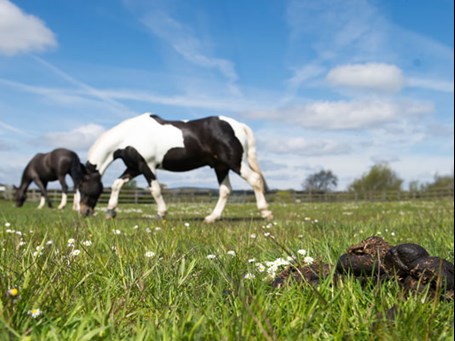 See something unexpected in a dropping and it’s natural to worry about what it is, whether it could be a threat to your horse’s health and then just what the heck to do about it. Here in the lab at Westgate we get lots of pictures sent in to ID weird and wonderful looking things that end up in horse poo. Is it worms or what?
See something unexpected in a dropping and it’s natural to worry about what it is, whether it could be a threat to your horse’s health and then just what the heck to do about it. Here in the lab at Westgate we get lots of pictures sent in to ID weird and wonderful looking things that end up in horse poo. Is it worms or what?
We’re very used to dealing with dung but if you’re the squeamish sort you might have to take a deep breath to delve into today’s discussion. Nevertheless we thought it would be useful to take a whistle stop tour of pony poo piles, cover some of the more unusual things to be found in them and whether they’re harmful or not. Graphic images alert!
Worms
Parasites that live in our horse’s guts can lay millions of eggs per day. These are excreted in the dung and are what we look for in a worm egg count. The eggs of redworm, roundworm and tapeworm, the ‘usual suspects’ of horse parasites, are microscopic and not visible to the naked eye. Any eggs you see in horse poo will not be from intestinal worms.
Occasionally you might see the parasites themselves in the droppings. Even if your horse has worms this is rare because they are usually metabolised in the gut first but it’s definitely not unheard of. If you see worms you will want to identify and treat them with the appropriate wormer.
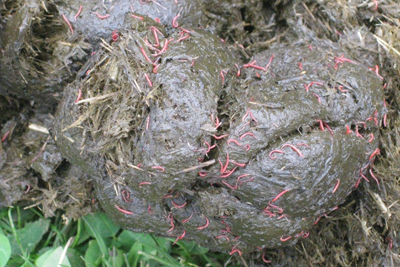
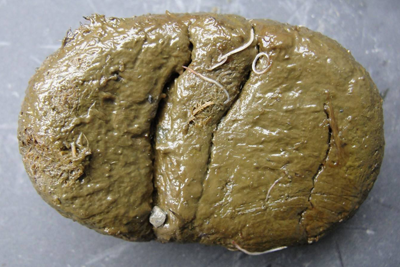
Redworm; large and small strongyles appear as small, thin, spidery worms in the dung. They are red when they’ve been feeding on your horse’s blood but can also be white if they haven’t eaten in a while
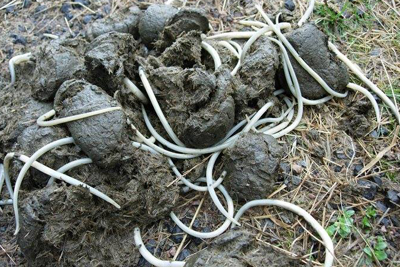
Roundworm; large, stringy, yellowish white worms that can be upwards of 30 cm long, these can look rather alarming when they do appear. Usually a parasite of young horses they can be dangerous, especially in large quantities.
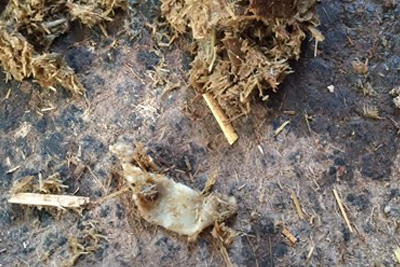
Tapeworm; segments of tapeworm break off to release eggs inside the horse and it’s these proglottids are what are most often seen in droppings.
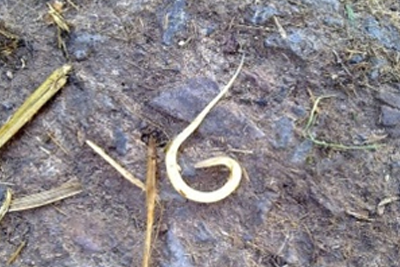
Pinworm; because these parasites live in the hind gut they are one of the most commonly seen horse worms, being nearer the exit to appear whole. They are the colour and shape of beansprouts in the horse’s poo with a pointy end that helps to differentiate them from roundworm.
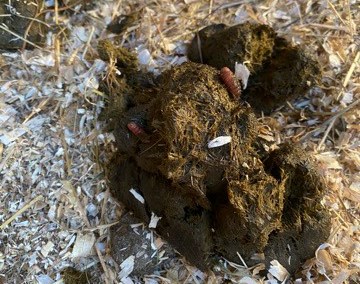
Bots; the larvae of the bot fly over winter inside the horse's stomach. They look like small pink armadillo and are often passed in droppings after treatment with ivermectin or moxidectin. If left untreated these larvae are passed naturally the following spring to become new bot flies.
Fly Eggs
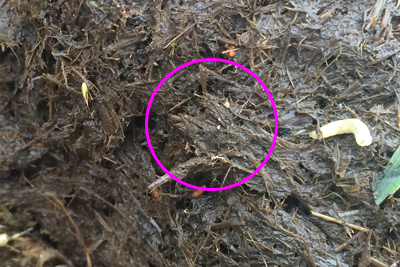
Sometimes small yellowish dots can be seen in the droppings, just visible to the naked eye. These specs are various species of fly eggs that the horse will have ingested at the front end. Harmless to the horse they travel through the digestive system and are laid in the poo where they will hatch, and hours later, fly away.
Seeds
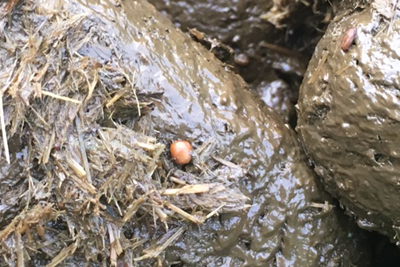
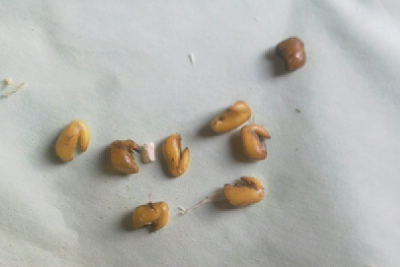
Perhaps you supplement your horse’s feed with herbs or other grains or your horse has access to these in his grazing? Those that aren’t digested properly can pop up in poo and cause consternation. They are often swollen with water and can look remarkably parasitic when they come out the other end.
It depends on the seed as to whether the plant is harmful to the horse, but after they have been excreted there is not much can be done other than to check your pasture regularly to ensure there are no poisonous plants available.
Grubs and maggots
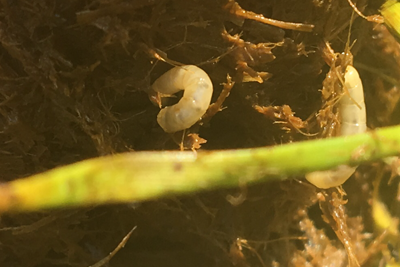
Once dung hits the ground it can itself become a magnet for things to be laid in it. Grubs and maggots can be found hatching in poo piles, especially in fields and paddocks. When we come along hours later it’s sometimes hard to know when these critters got there but they are usually nothing to worry about.
EarthWorms & OTHER FAUNA
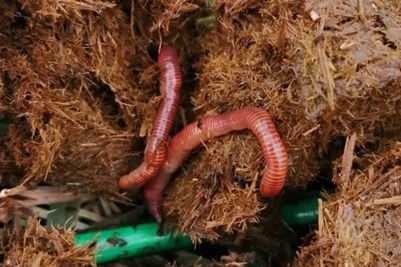
Earthworms in dung can look a lot like large strongyles at first glance but unlike redworm have ridged bodies and are stronger, wider and more muscular looking for their ground dwelling lifestyle. Earthworms, dung beetles and other bugs in animal faeces are usually a good sign of a healthy pasture and to be encouraged as the natural fauna will help to break down the dung piles and any worm eggs present.
So, next time you see something unusual in your horse’s poo, hopefully you’ll have a better idea of where it came from. You can always send us a picture if you’re unsure; we can’t guarantee we’ll know what it is but we probably see more unidentified dung objects than most and we’ll do our best!